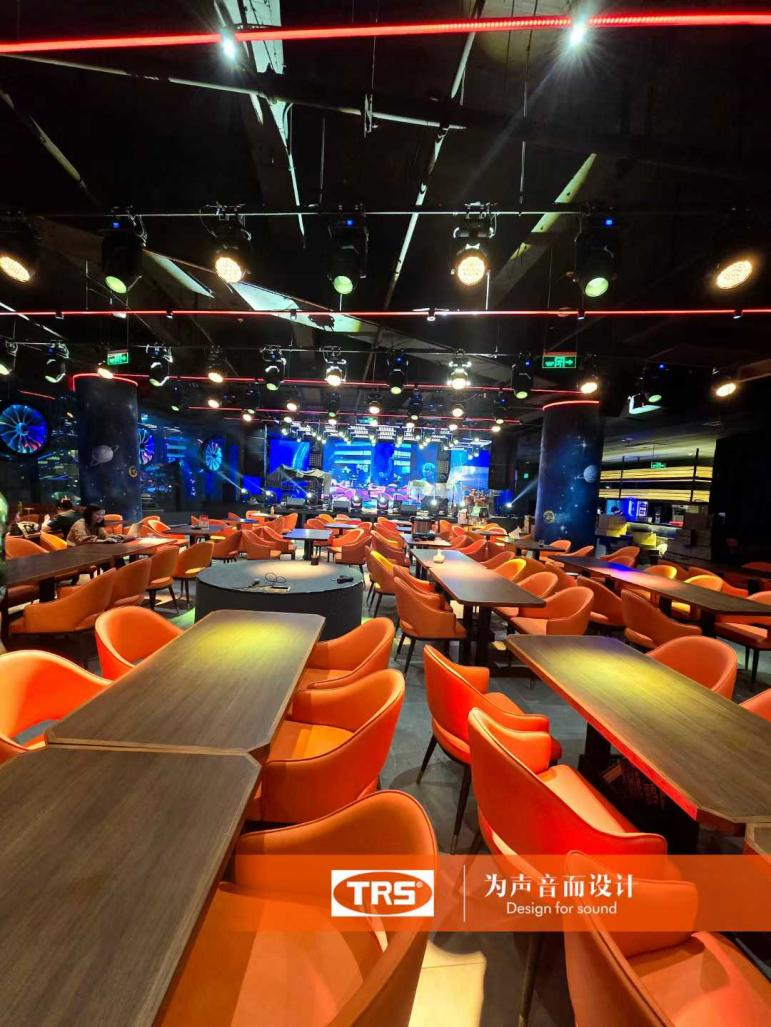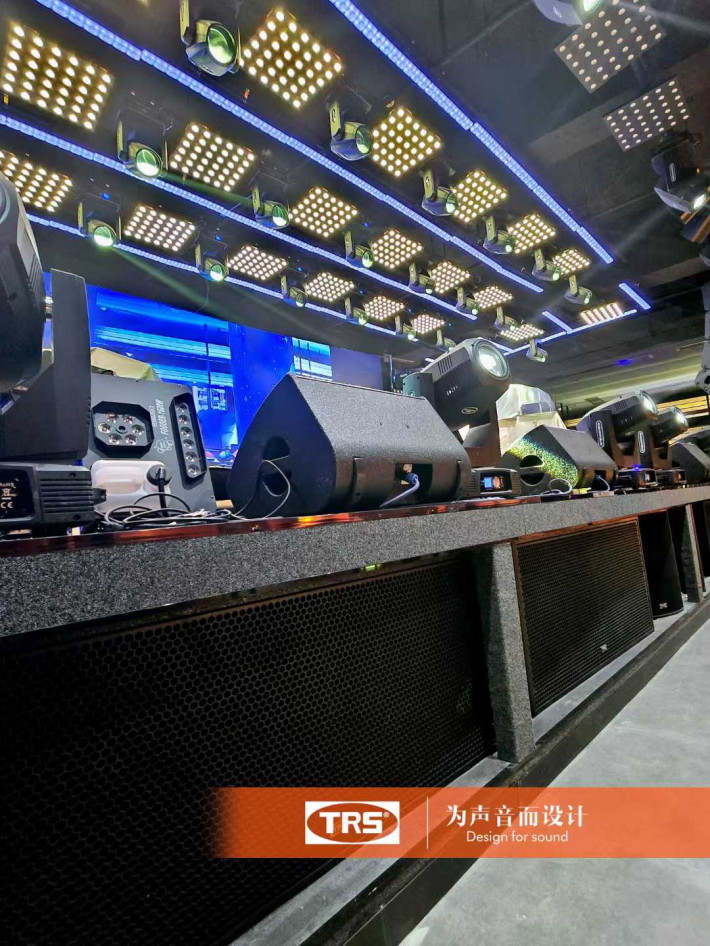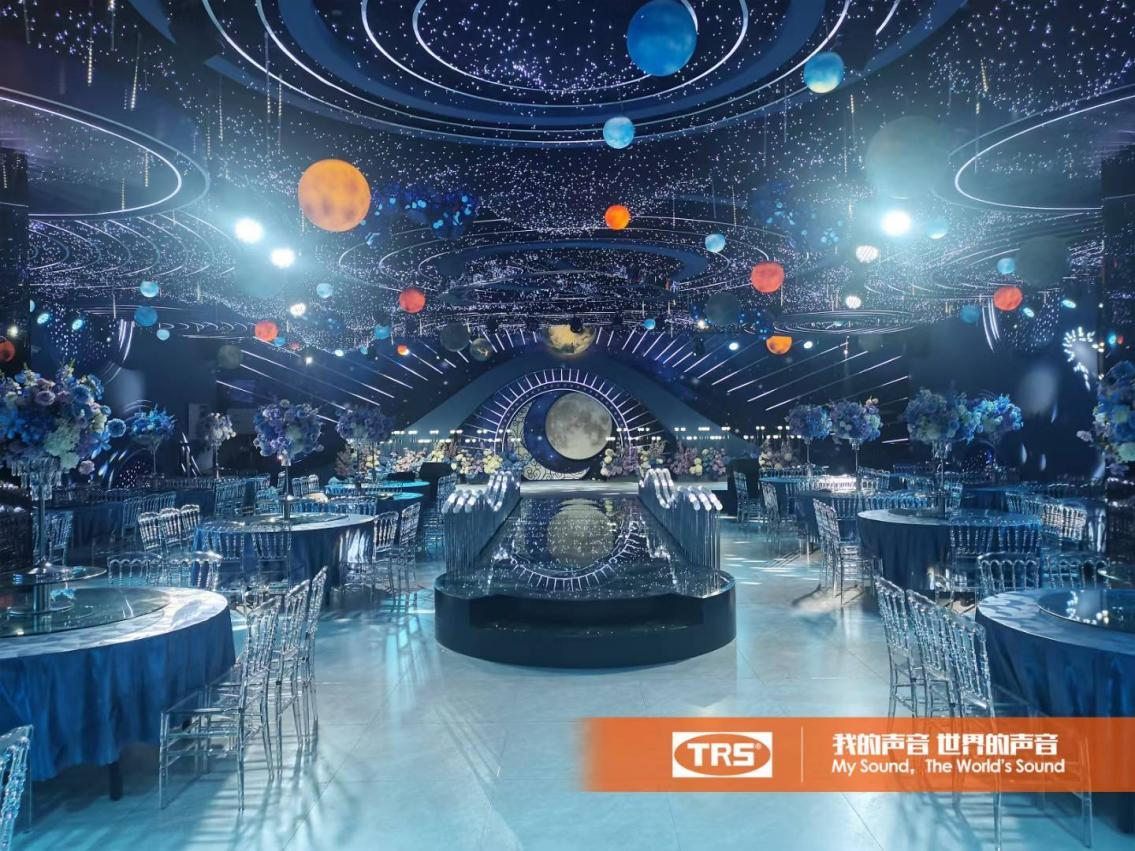In today’s era of pursuing sustainable development, the issue of energy consumption in large-scale concerts is receiving increasing attention. Modern audio systems have successfully achieved a perfect balance between energy efficiency and high-quality sound effects through technological innovation, opening up a new path for the green development of the live music industry.
The core breakthrough of this green revolution comes from the leapfrog development of amplifier technology. The energy conversion efficiency of traditional Class AB amplifiers is usually less than 50%, while the efficiency of modern Class D digital amplifiers can reach over 90%. This means that with the same output power, energy consumption is reduced by more than 40%, while the generated heat is significantly reduced, thereby reducing the load on the air conditioning cooling system. More importantly, this high efficiency does not come at the cost of sacrificing sound quality, as modern Class D amplifiers can already meet the most demanding professional sound quality requirements.
Processor device also plays an indispensable role. traditional simulation equipment requires a large number of independent units and connecting wires, resulting in high energy consumption. Modern digital processor integrate all functions into one unit, achieving more accurate sound processing through advanced algorithms, reducing energy consumption while providing richer sound effects options. The intelligent processor device can also automatically optimize parameters based on the on-site environment, avoiding unnecessary energy waste.
At the source of signal acquisition, the new generation of microphones adopts innovative design and materials, greatly improving sensitivity. These high-quality microphones can capture sound details more effectively, achieving ideal pickup effects with less gain and reducing the energy requirements of the entire system from the source. Meanwhile, advanced microphone technology can effectively suppress environmental noise and further improve system energy efficiency.
The intelligent design of modern audio systems is the key to energy conservation. Through precise sound field simulation and directional control, the system can accurately project sound energy to the audience area, avoiding wasting energy on non audience areas. This precise pitch technology makes it possible to achieve better sound coverage with less energy. The intelligent power management system can monitor the energy consumption status of each module in real time, automatically adjust power output during non peak periods, and further improve energy efficiency.
It is worth mentioning that these green technology innovations not only bring environmental benefits, but also significant economic value. A concert audio system with a capacity of tens of thousands of people can save thousands of kilowatt hours in a single performance, and long-term use will save the organizers considerable operating costs. This environmentally friendly and economical feature is driving the entire performance industry to transition towards green environmental protection.
In summary, modern concert audio systems have successfully achieved a perfect balance between energy efficiency and high-quality sound effects through high-efficiency conversion of amplifiers, digital integration of processor, improved microphone sensitivity, and intelligent design of audio systems. These technological innovations not only significantly reduce the energy consumption and carbon emissions of concerts, but more importantly, prove that a stunning live music experience can coexist harmoniously with environmental protection, setting a new benchmark for the sustainable development of the live music industry.
Post time: Sep-15-2025



